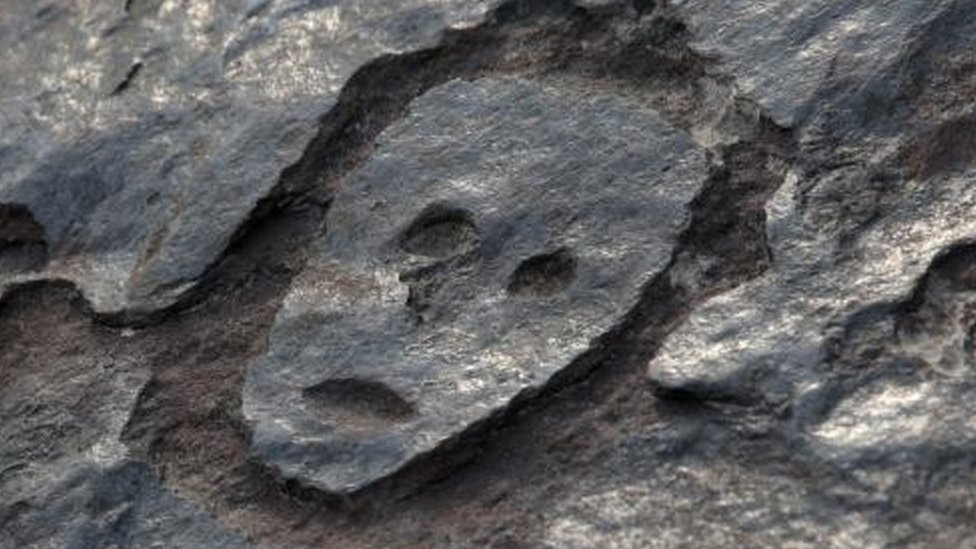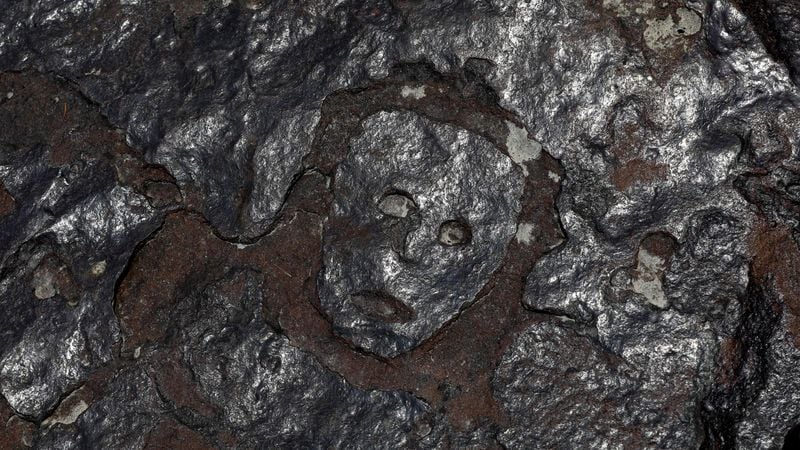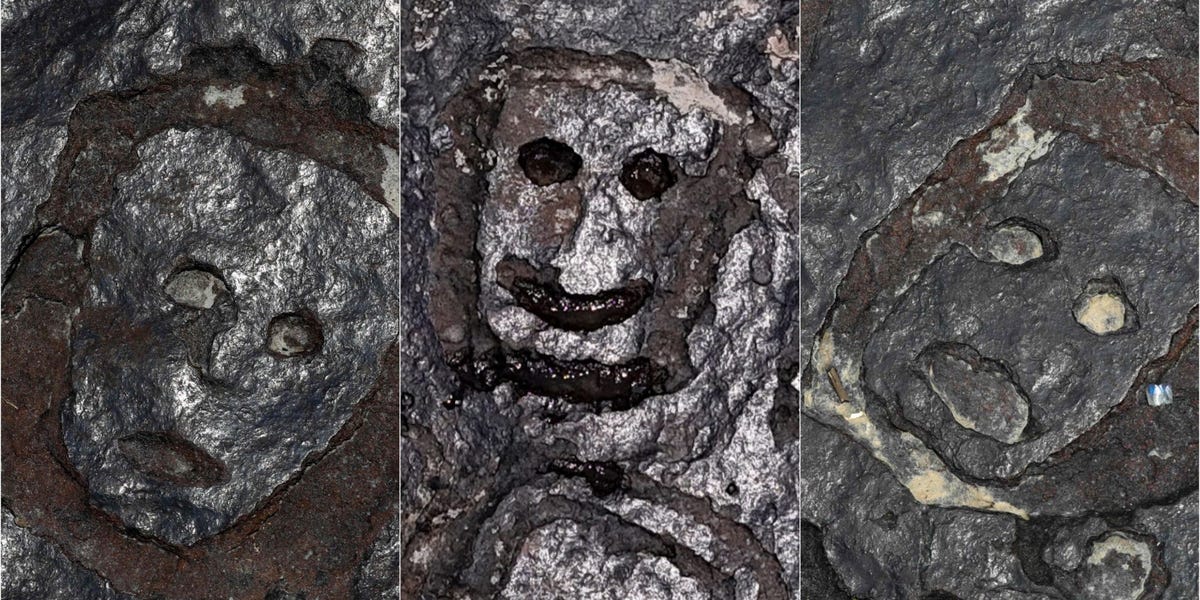Ancient Carvings Resurface in Brazil
In a stunning revelation, the Lajes Archaeological Site near Manaus, Brazil, has brought to light ancient rock carvings, thanks to an unprecedented drought in the Amazon in 2023. Normally hidden beneath the waters of the Rio Negro, these carvings offer a rare glimpse into a culture that thrived in the region over 1,000 to 2,000 years ago.

The engravings primarily depict human faces, showcasing a range of expressions that may symbolize emotions, rituals, or spiritual beliefs. Alongside these faces are grooves and cuts, thought to have been created with tools, potentially signifying everyday life or ceremonial activities. Their rediscovery underscores the significance of the Amazon not just as an ecological wonder, but also as a repository of human history.
The Role of Drought in Archaeological Discoveries
The Rio Negro, known for its depth and volume, has fallen to historic lows in 2023 due to the intensified effects of El Niño and ongoing climate change. This marks the second time in recent memory that such carvings have been revealed—the first being during another severe drought in 2010. However, the current exposure is unprecedented in scale, with river levels reaching their lowest in 121 years.

These droughts, while destructive to ecosystems and local livelihoods, inadvertently act as windows into the past. As water recedes, it unveils long-buried or submerged artifacts, helping archaeologists uncover and study ancient civilizations that otherwise remain hidden.
Cultural Significance of the Carvings
The expressive faces etched into stone are more than artistic representations; they offer a tangible connection to the thoughts, beliefs, and daily experiences of ancient Amazonian societies. While their exact purpose remains speculative, they may have served as markers for rituals, commemorations, or territorial boundaries.

The grooves and other carvings found alongside the faces suggest tool use, perhaps linked to resource processing, ceremonial practices, or communication methods. Together, these engravings paint a complex picture of a society deeply connected to its environment.
A Call to Action on Climate and Heritage
The emergence of these carvings also serves as a sobering reminder of the impact of climate change. As extreme weather events become more frequent, cultural and natural landscapes face increasing threats. While the drought has unveiled these treasures, it also exposes the fragility of the Amazon’s ecosystem, which is vital not only for regional stability but also for global climate regulation.

Protecting such sites involves addressing the dual challenges of preserving cultural heritage and mitigating climate change. Collaborative efforts between archaeologists, conservationists, and local communities are essential to ensure these ancient stories remain intact for future generations.
Conclusion
The carvings at Lajes are more than relics of a bygone era—they are stories etched in stone, bridging millennia to remind us of our shared history and the importance of protecting it. As the Amazon faces mounting challenges, these discoveries underscore the need for a balanced approach that values both cultural preservation and environmental stewardship.

